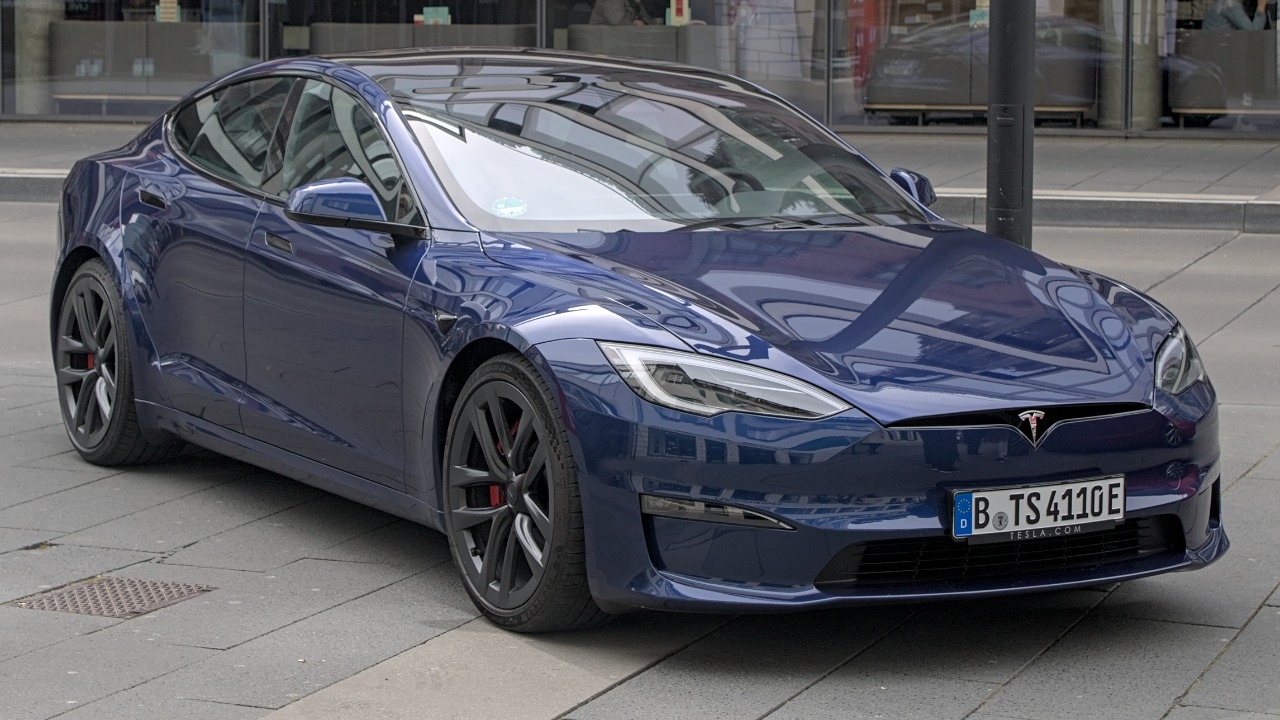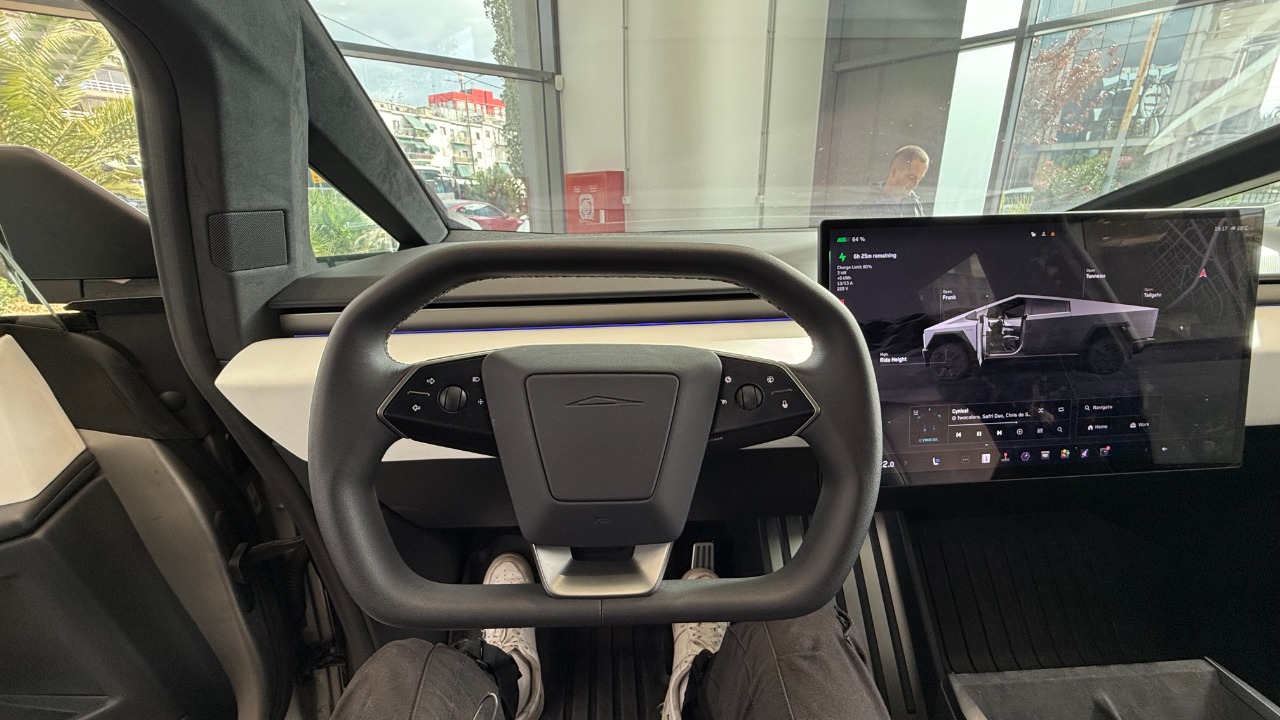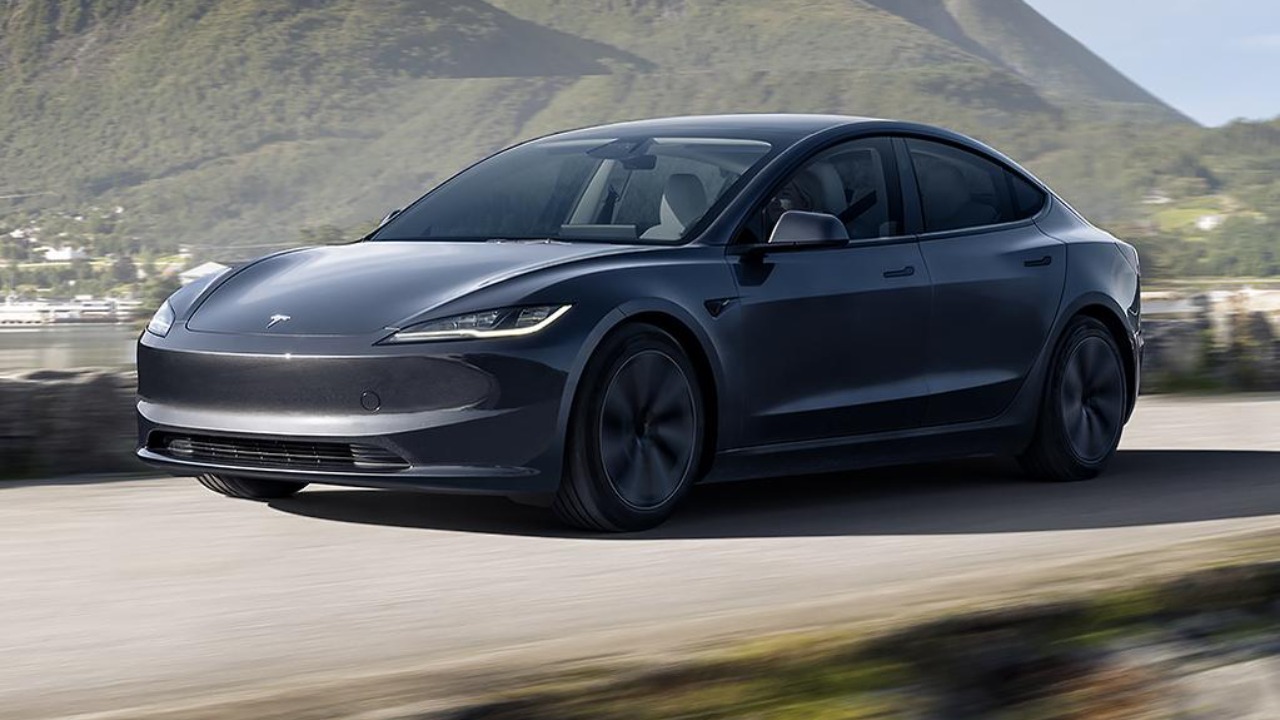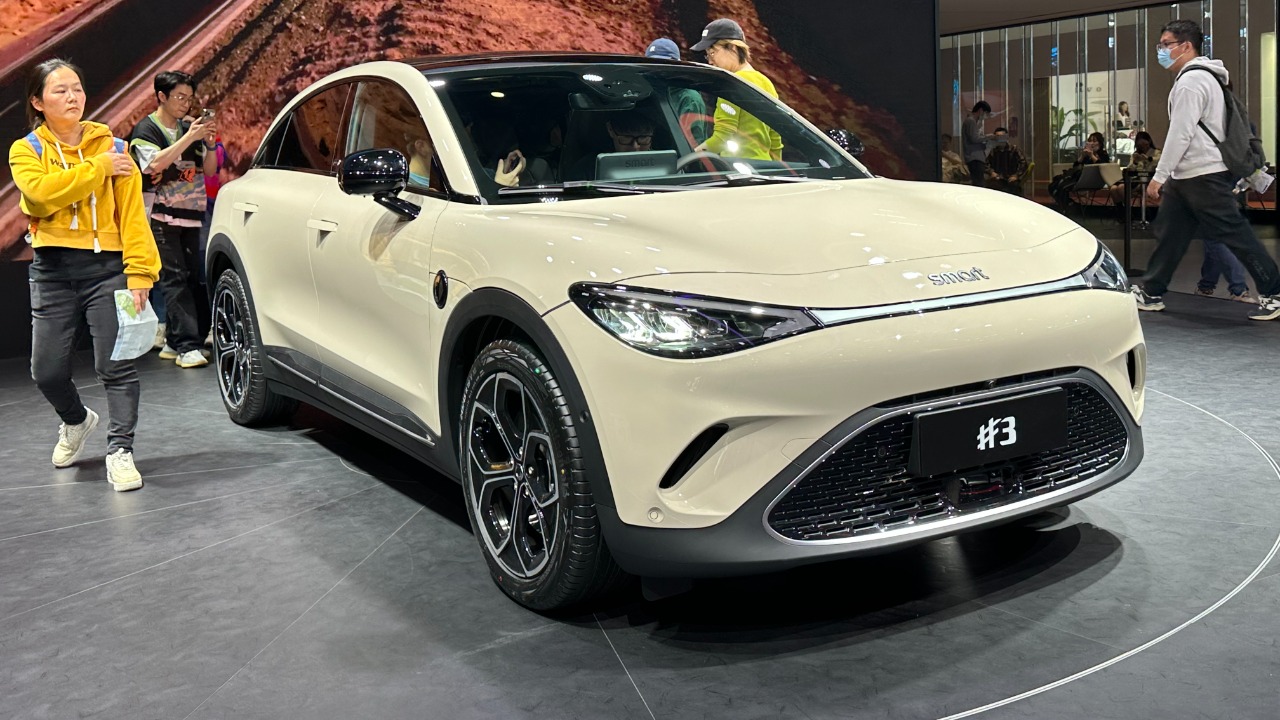
As technology continues to evolve at a rapid pace, smart cars have begun to share data about driving habits, a development that is making waves in sectors such as insurance, automotive, and artificial intelligence.
The Emergence of Data-Sharing Smart Cars

The integration of advanced technology into vehicles has led to the emergence of smart cars that can collect and share data about driving habits. These cars are equipped with sensors and software that monitor various aspects of driving, such as speed, braking patterns, and even the use of in-car features. This data is then shared with various entities, including car manufacturers and insurance companies.
While this development is still in its early stages, it is already having a significant impact on the automotive industry. For example, car manufacturers can use this data to improve the design and performance of their vehicles. Similarly, insurance companies can use it to assess the risk associated with individual drivers and adjust their premiums accordingly.
Implications for the Insurance Sector

One of the sectors that stands to benefit the most from the sharing of driving habits data is insurance. As reported by The New York Times, automakers are already sharing consumers’ driving behavior with insurance companies. This data can be used to calculate insurance premiums more accurately, potentially leading to lower costs for safe drivers.
However, this development also raises significant privacy concerns. There are questions about who owns this data and how it should be used. There are also concerns about the potential for misuse of this data, particularly in the absence of clear regulations governing its use. As we’ve seen with internet habits, data privacy is a complex issue that requires careful consideration.
Impact on the Automotive Industry

The sharing of driving habits data also has significant implications for the automotive industry. This data can be used to improve car safety and performance. For example, by analyzing data on braking patterns, manufacturers can make improvements to braking systems to make them more effective and safer.
Furthermore, this data can influence the design and features of future cars. By understanding how drivers use their vehicles, manufacturers can design cars that better meet the needs of their customers. This could lead to the development of cars that are more comfortable, efficient, and enjoyable to drive.
AI and Driving Habits Data

Artificial intelligence (AI) plays a crucial role in the analysis and interpretation of driving habits data. AI can process large volumes of data quickly and accurately, identifying patterns and trends that would be difficult for humans to detect. This can provide valuable insights into driving behavior, which can be used to improve car safety and performance.
As outlined in Built In, AI is already being used in the automotive industry in a variety of ways. With the addition of driving habits data, the potential for AI to transform the driving experience is enormous. For example, AI could be used to develop systems that can predict and prevent accidents, or to create personalized driving experiences based on individual driving styles.
The Future of Smart Cars and Data Sharing

The future of smart cars and data sharing looks promising, with potential benefits for drivers, car manufacturers, and insurance companies. However, as with any new technology, there are also potential risks and challenges to consider.
One of the key challenges is addressing privacy concerns. As we’ve seen with other forms of data sharing, there is a need for clear regulations to protect drivers’ data. This will require collaboration between car manufacturers, insurance companies, and regulators to ensure that the benefits of data sharing are realized without compromising the privacy of drivers.
Despite these challenges, the potential benefits of data-sharing smart cars are significant. By providing valuable insights into driving behavior, these cars could lead to safer, more efficient, and more enjoyable driving experiences. As technology continues to evolve, it will be fascinating to see how this field develops.